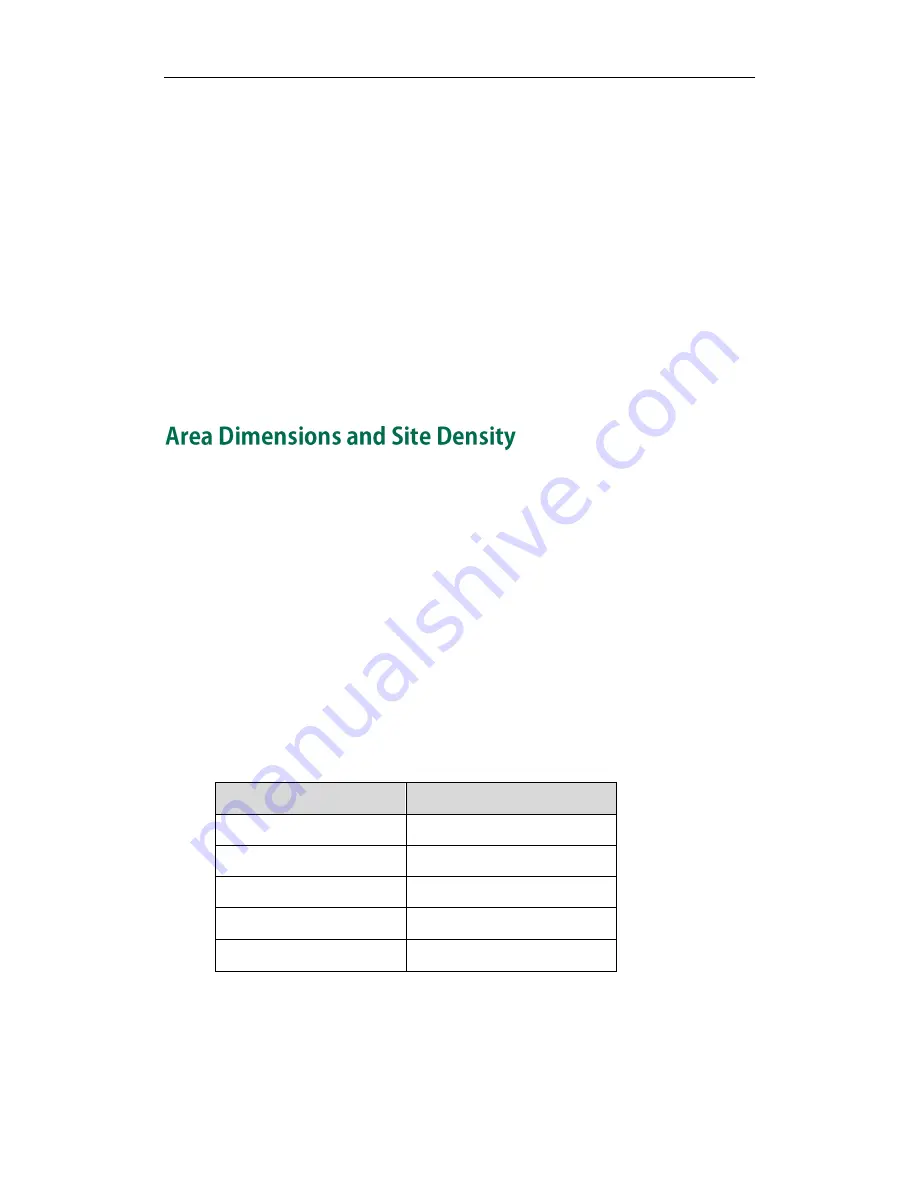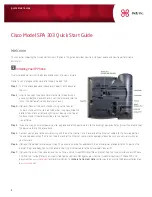
Yealink DECT Phone System Deployment Guide
5
signal penetration capability between the repeater and handset is weak relatively.
Counting the number of users
Counting the number of users involves knowing how many users there are, their
distribution per location, and their mobility. As a rule, the deployer should know the
information regarding user mobility. The following information should be also provided
for the deployer:
The number of handset users
The potential growth of handset users
The above average and below average traffic density
Traffic requirements are determined for each area. The deployer calculates system
requirements to support user traffic.
In more user dense sites, for example in office or enterprise environments, different
sub-entities or groups may exist, where each group of users has mobility within their
own system cell/single base station coverage area. As users have no mobility over the
whole local site, the phenomenon of increasing number of mobile users by adding new
base stations is common. However, increased number of base stations may cause
quality deterioration.
To ensure a higher-quality audio experience and avoid interferences, the number of
base stations for a local area and density between areas should be taken into account
when deploying multiple DECT systems in a more user dense site. Yealink provides five
DECT systems for different radio frequencies usage in various countries (or regions). The
maximum number of base stations may vary among countries (or regions).
The following table lists the suggested maximum number of base stations that can be
deployed in a 50 meter radius area for these DECT systems.
DECT System Name
Maximum Number
European
6
North America
4
Taiwan
4
Brazil
3
Korea
2
Summary of Contents for Telkom W52P
Page 1: ......

































